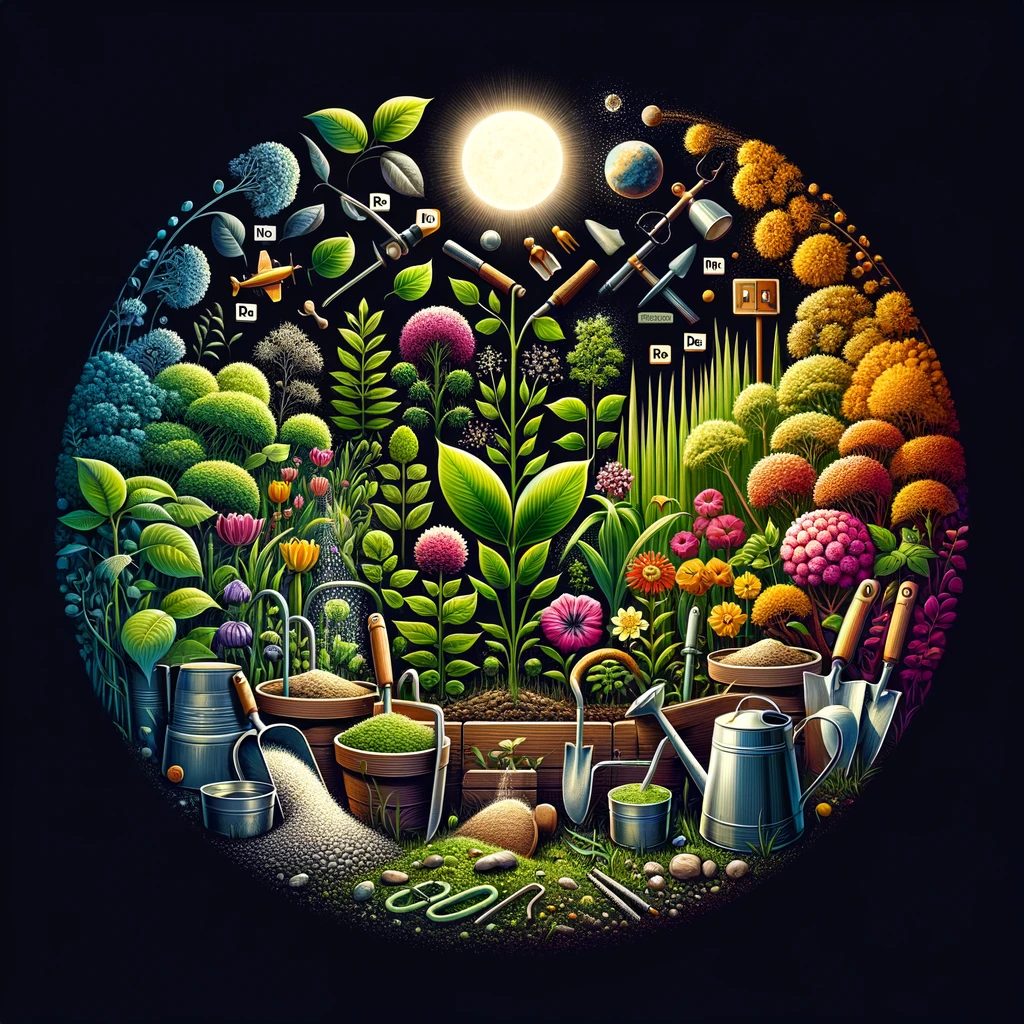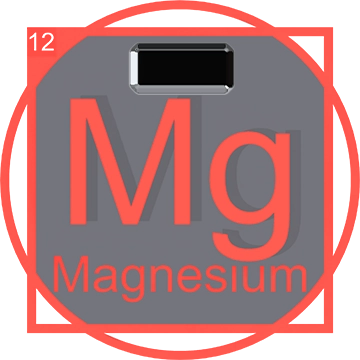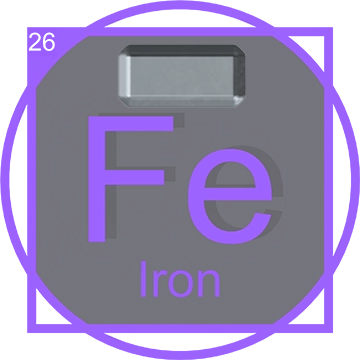Gardening and Plant Growth: Essential Elements and Their Roles
Introduction
Gardening is both an art and a science, requiring a deep understanding of plant growth and the essential elements that contribute to it. From potassium to nitrogen, these elements play crucial roles in the health and productivity of plants. This article explores the history, present, and future of these elements and their significant contributions to gardening and agriculture.
Essential Elements for Plant Growth
Plants require various elements for optimal growth, most of which can be found on the periodic table. These elements are categorized into macronutrients and micronutrients based on the quantity needed by plants.
Macronutrients
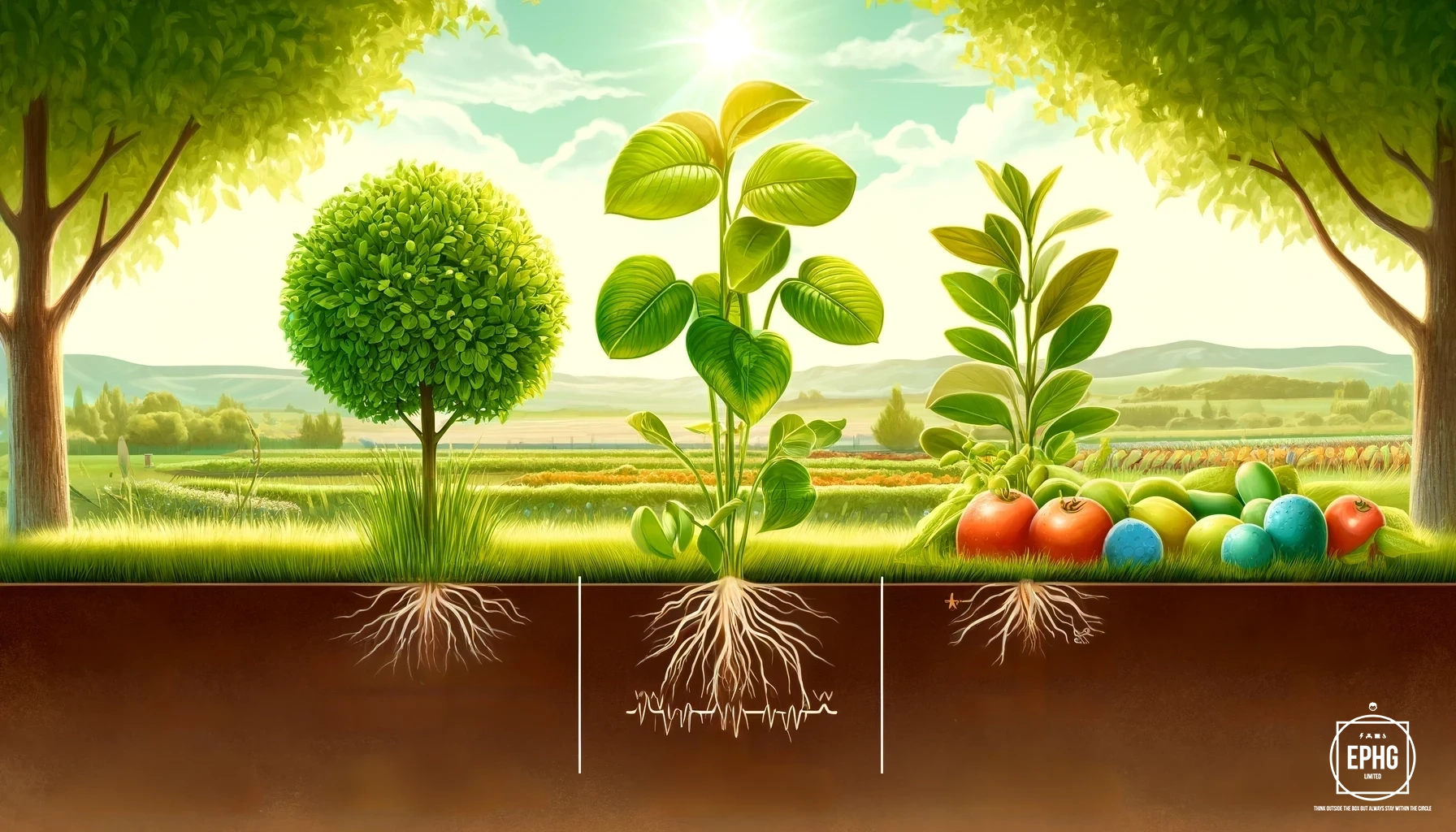
- Nitrogen: Vital for leaf growth and photosynthesis. It is a major component of chlorophyll, the molecule that absorbs sunlight for photosynthesis. Nitrogen is also a building block of amino acids, proteins, and nucleic acids, making it essential for plant metabolism and growth.
- Phosphorus: Essential for energy transfer and root development. It plays a key role in the formation of DNA and RNA, the molecules responsible for genetic information. Phosphorus is also involved in the formation of ATP (adenosine triphosphate), which is crucial for energy transfer within the plant cells. Adequate phosphorus levels promote strong root systems and improve flowering and fruiting.
- Potassium: Important for water regulation, enzyme activation, and overall plant health. It helps in the synthesis of proteins and starches, and it regulates the opening and closing of stomata, thus controlling water loss and gas exchange. Potassium also contributes to disease resistance and enhances the overall quality of fruits and vegetables.
Micronutrients

Historical Perspective of Gardening and Plant Growth

The understanding of plant nutrition has evolved over centuries. Ancient civilizations used organic matter to enrich soil, unknowingly providing essential nutrients. The scientific study of plant nutrition began in the 19th century with Justus von Liebig's Law of the Minimum, which highlighted the importance of the scarcest nutrient in limiting plant growth. Liebig’s insights led to the development of chemical fertilizers, transforming agricultural practices by allowing more controlled and effective nutrient management. This advancement laid foundational concepts that continue to influence agricultural science and practices today.
Present Practices of Gardening and Plant Growth
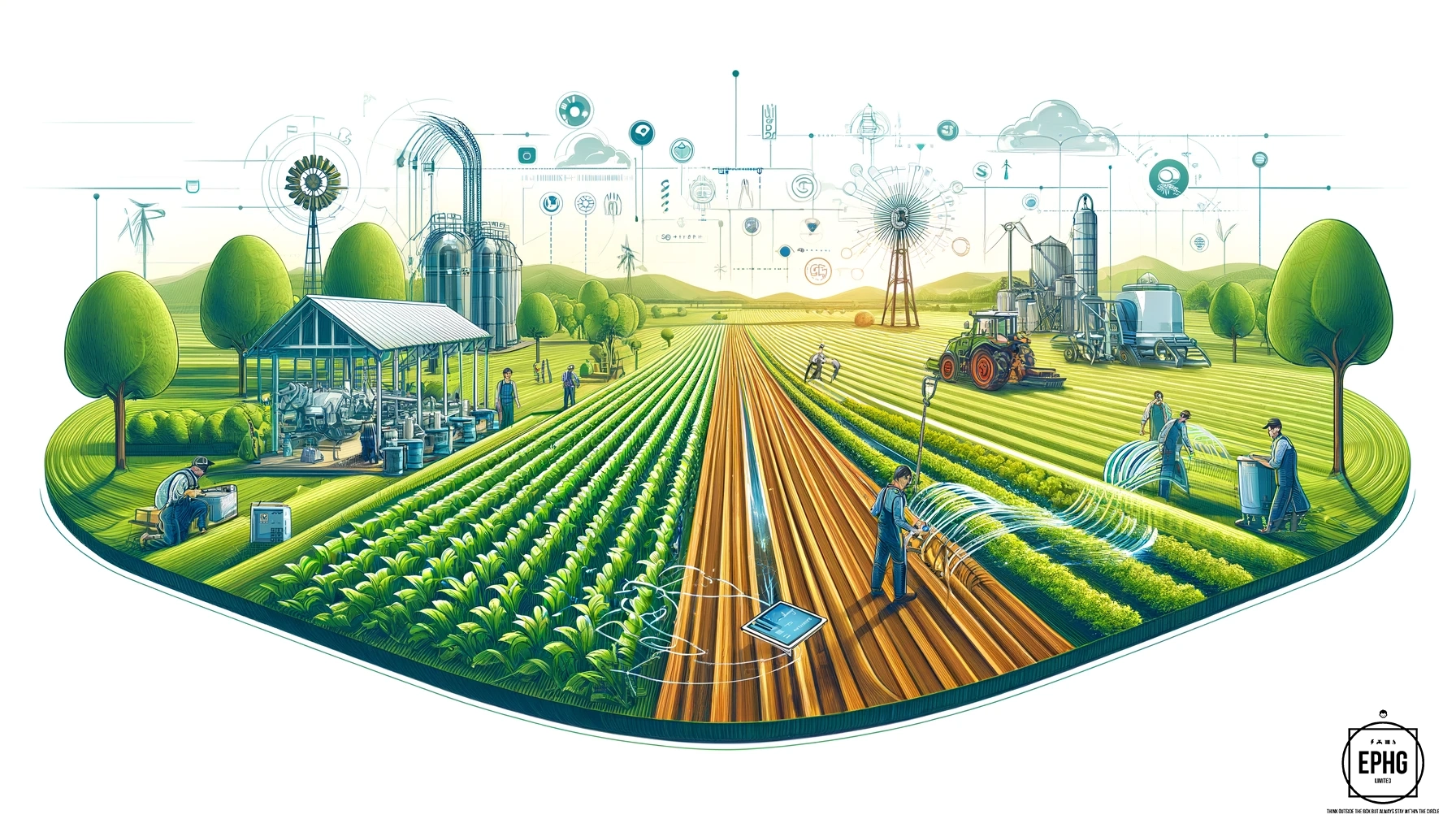
Modern gardening and agriculture heavily rely on the use of fertilizers to supply essential nutrients, crucial for optimizing plant health and agricultural yield. Advances in soil science and agronomy have not only enhanced the efficiency of these practices but have also steered them towards more sustainable methods. Farmers and gardeners now regularly employ soil tests to accurately determine nutrient deficiencies. These insights enable the application of targeted fertilizers, which are specifically formulated to address the identified nutrient gaps, thereby significantly improving plant health and agricultural productivity.
Future Directions of Gardening and Plant Growth
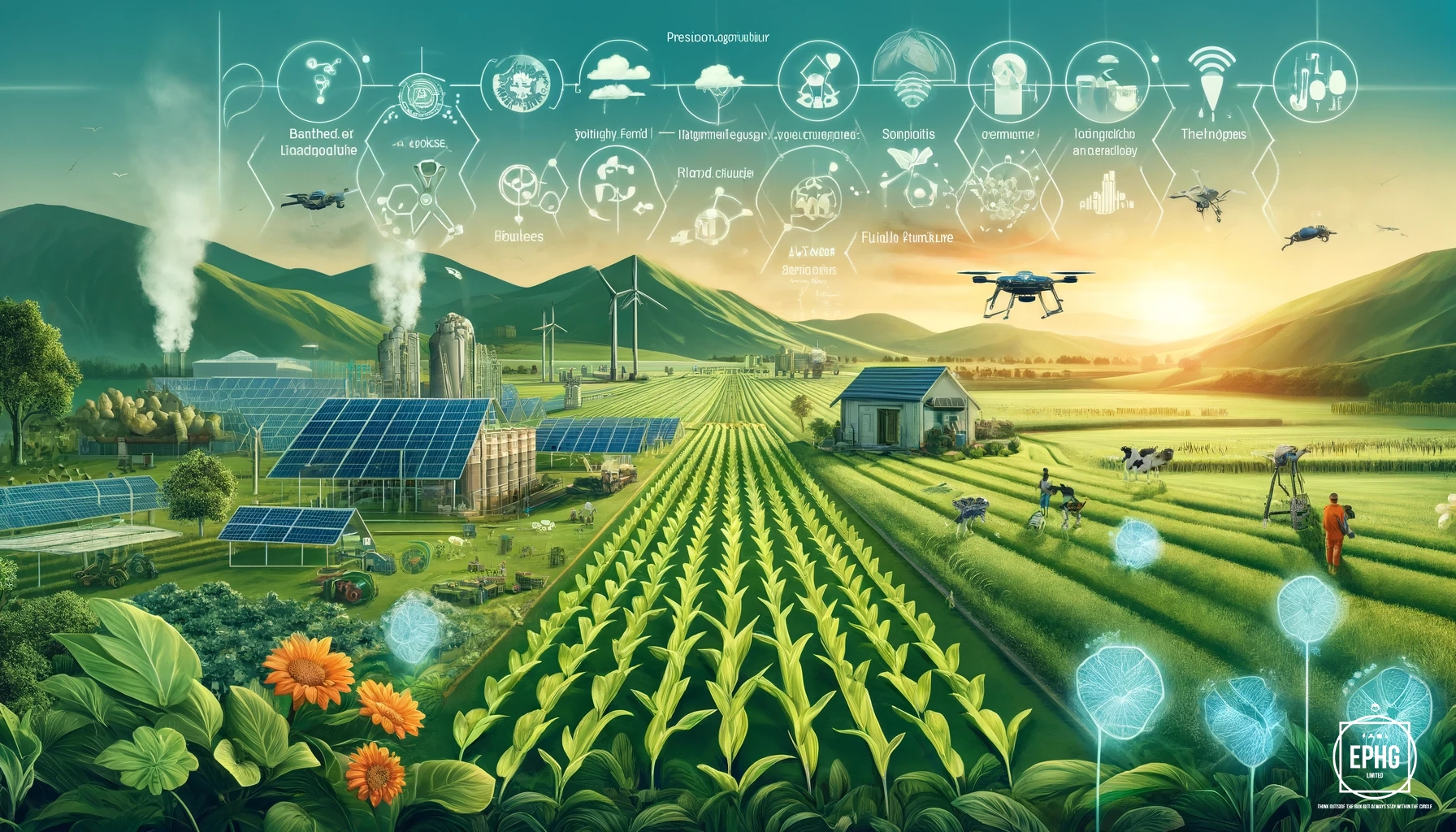
The future of gardening and plant growth is anchored in sustainable practices and the integration of innovative technologies. Researchers are actively exploring the use of biofertilizers, which offer a more environmentally friendly alternative to synthetic options, and precision agriculture techniques that ensure optimal plant nutrition and soil health with minimal waste. Additionally, the development and use of genetically modified crops are being refined to enhance nutrient uptake more efficiently and to withstand environmental stresses, thereby reducing the overall environmental impact. The overarching goal is to establish a balanced ecosystem that not only supports robust plant growth but also conserves and enhances natural resources for future generations.
Intelligent Plumbing and Electrical Systems in Plant Growth
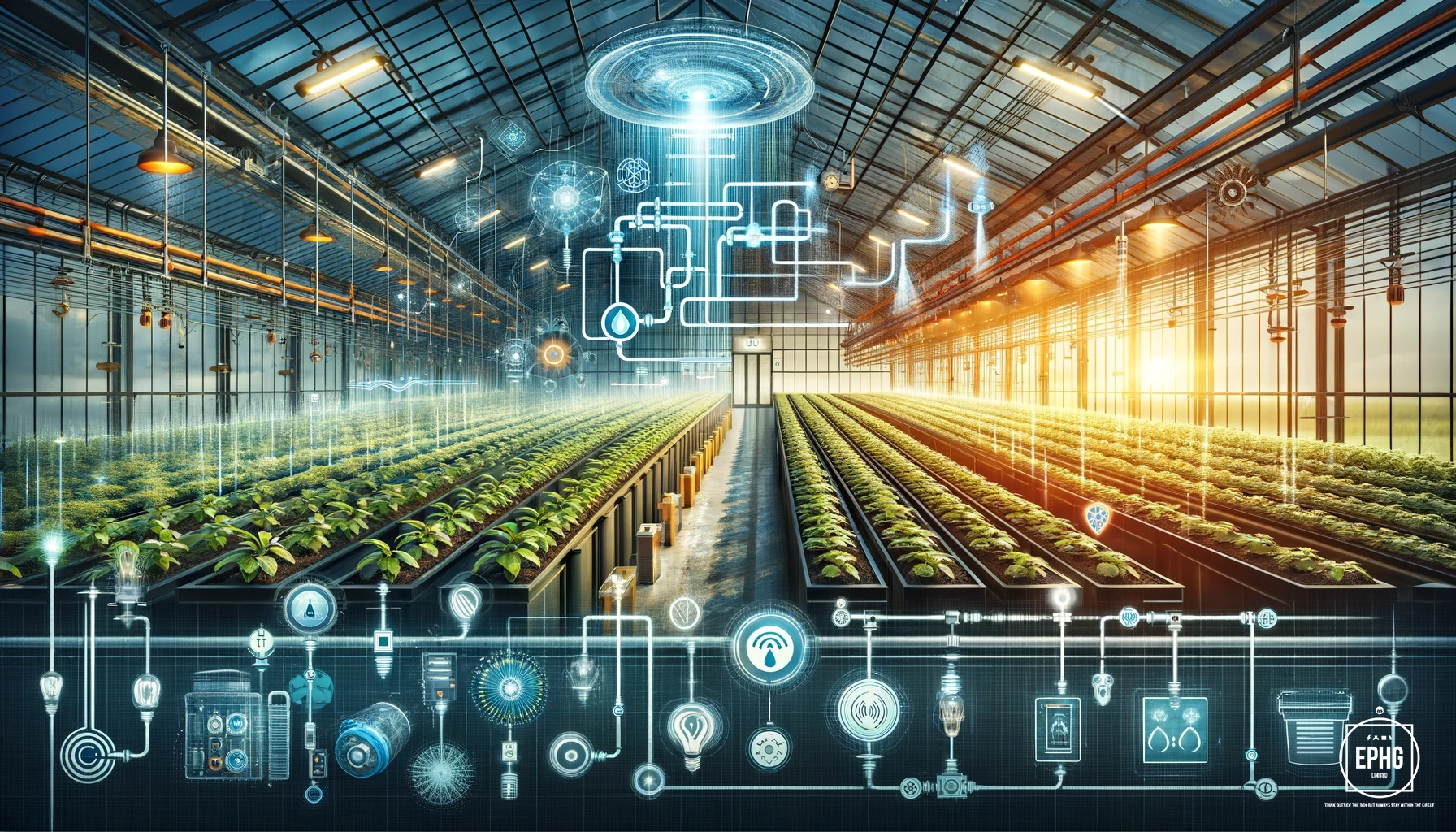
Intelligent plumbing and electrical systems are revolutionizing the way we support plant growth, particularly in controlled environments like greenhouses and indoor farms. These smart systems utilize advanced sensors and automated controls to precisely manage water and nutrient delivery, ensuring plants receive exactly what they need for optimal growth. Additionally, intelligent electrical systems provide energy-efficient lighting and climate control, closely mimicking natural conditions. The integration of these technologies not only maximizes plant health and yield but also significantly reduces resource waste, contributing to more sustainable agricultural practices.
